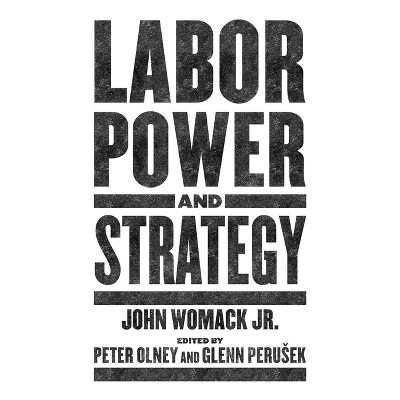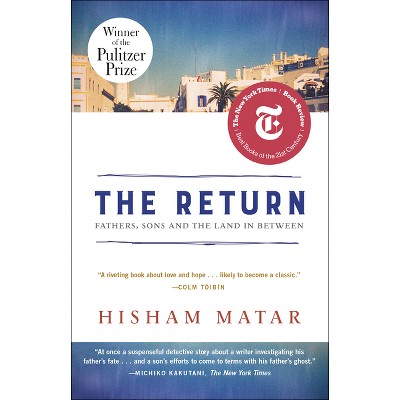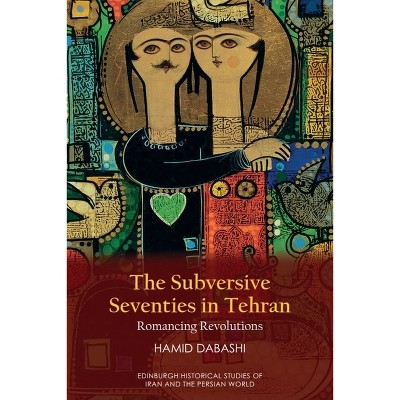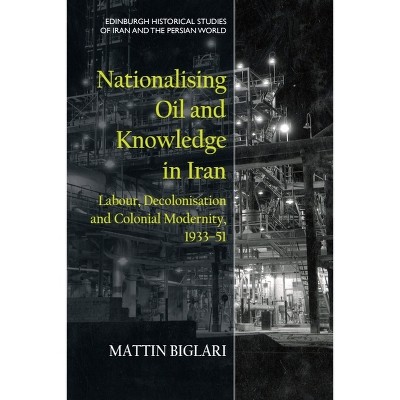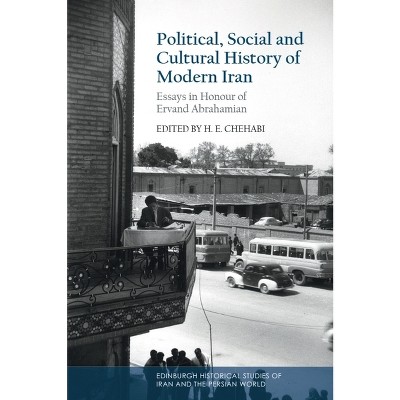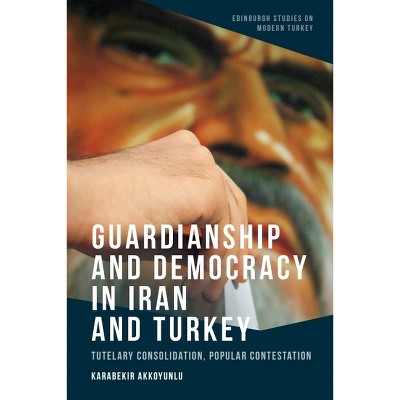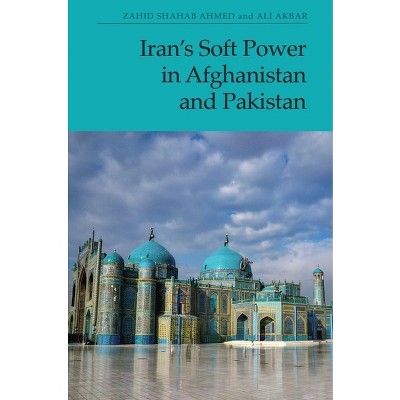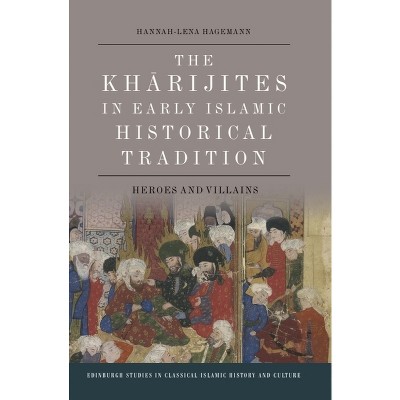Sponsored

Imperial Iran in the Eighteenth Century - (Edinburgh Historical Studies of Iran and the Persian World) by Mohammad Amir Hakimi Parsa (Hardcover)
Pre-order
Sponsored
About this item
Highlights
- The 18th-century 'interregnum' between the Safavid and Qajar dynasties remains woefully understudied in Iranian history, regarded as a turbulent and inconsequential gap between two major dynastic periods.
- Author(s): Mohammad Amir Hakimi Parsa
- 392 Pages
- History, Middle East
- Series Name: Edinburgh Historical Studies of Iran and the Persian World
Description
About the Book
Offers the first structuralist account of the Naderid Empire's ideological and institutional foundations.Book Synopsis
The 18th-century 'interregnum' between the Safavid and Qajar dynasties remains woefully understudied in Iranian history, regarded as a turbulent and inconsequential gap between two major dynastic periods. This book, however, argues that this period saw the emergence of the idea of Iran as the foundation for collective identity and state formation. It traces the development of a sacralised territorial identity that fused an irredentist notion of Iran-realm (Iranzamin) with Shiʿism, culminating in an unprecedented political idea: that of an 'Iranian state' (dowlat-e Irān), supposedly formed by the unanimous consensus of the 'Iranian people' (ahl-e Irān). The book then covers how this state, under Nader Shah (Nāder-e Irān), subjugated non-Iranian realms to form a new universal Islamic empire.
This is the first monograph to offer an integrated understanding of state formation in post-Safavid Iran (c.1720 - 1750), demonstrating how politico-cultural, military, administrative and ecclesiastic developments related to one another. Drawing on a wide range of neglected primary sources in Arabic, Turkish (both Ajami and Ottoman) and Kurdish (Hawrami), as well as Persian and European sources, the book sheds light on Iran in its last iteration as a great power.Shipping details
Return details
Frequently bought together

